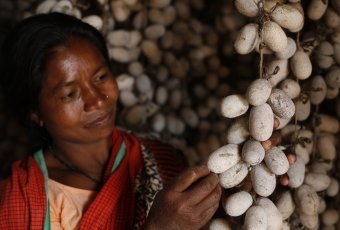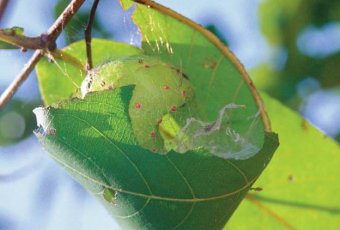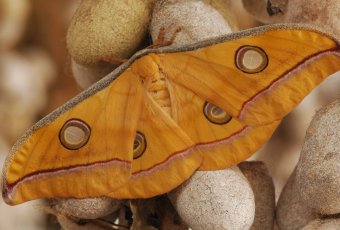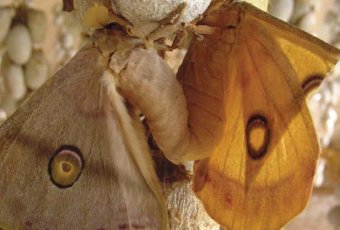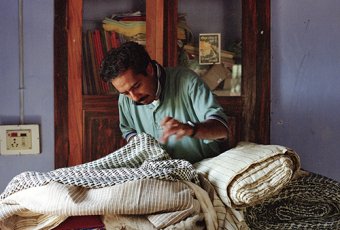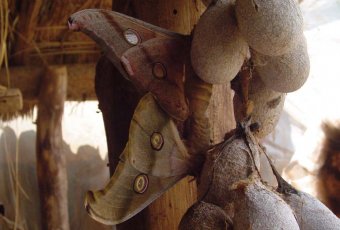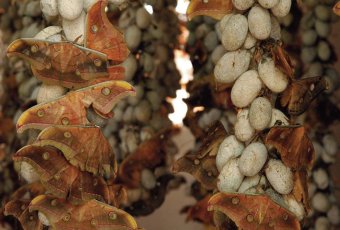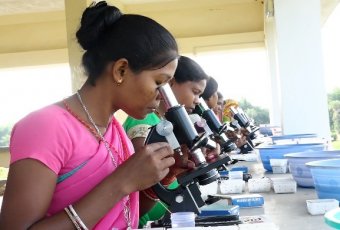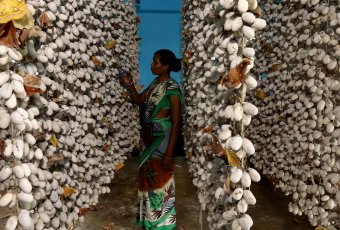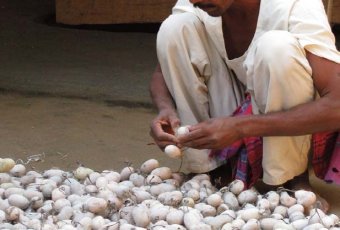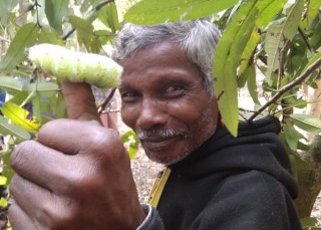The context
Among the five varieties of silk that are produced in India: mulberry, eri, muga, Tasar, oakTasar silk, Tasar silk is a wild silk; its production starts with outdoor silkworm rearing. And it is an ancient tradition of Adivasi communities, who are considered as the indigenous population of India and whose livelihoods mostly depend on the land they cultivate, and the forests they live nearby.
Initiated in the 15th century, the production of Tasar silk which reflects their strong connection with the forests. But until 30 years ago, Tasar silk rearing had become an unreliable source of income as natural diseases and rudimentary methods led to uncertain yields.
The project
With the plantation of 3, 000 hectares of Tasar silk trees in privately owned wastelands in the villages, Livelihoods-Arjuna project will generate income for 4, 000 rural households represented by women. The project also involves biodiversity preservation in 3, 600 additional forest hectares and will support 1, 200 households undertake silkworm rearing in host trees. Downstream, the project will create more than 5, 000 rural jobs for Adivasi inhabitants who will be involved at every step of Tasar silk value chain. Overall, the project will store 1.4 million tons of CO2 over 20 years, providing carbon offsets with strong environmental, economic, and social benefits to Livelihoods investors and partner companies. It will also contribute to restore soil health and preserve water resources.
The project will be implemented by the reputed Indian NGO PRADAN which has been working committedly in the poorest regions of India, for more than three decades, to help vulnerable communities, especially women, earn a decent living and support their families. The NGO has put in place a robust economic model to generate income for Adivasis farmers, at every step of the silk value chain.
The social, environmental and economic impacts
Tasar silkworms are the backbone and the first step of Tasar sericulture. They eat leaves of two different species: Terminalia arjuna & Terminalia tomentosa, which help them grow and turn from a tiny silkworm to a beautiful green caterpillar.
The Livelihoods Carbon Fund is financing the plantation of 3, 000 hectares of Terminalia arjuna & Terminalia tomentosa host trees, in wastelands that had previously been depleted. These wastelands belong to 4, 000 households represented by women. Both types of trees are fast-growing, local to the project area and will be ready for silkworm rearing in 3 years from now. Adivasi communities will be mobilized into groups to set up the planting activities and tree maintenance, as they grow. These communities will be involved and empowered with scientific and technical skills to evaluate the right distance from one tree to another, to help the cocoons grow correctly and ensure their good productivity.
The project will also support 1,200 households to undertake silkworm rearing in 3,600 additional hectares of forests. This part of the project will be ensured by village communities: in compliance with community norms in the villages, the project will therefore protect biodiversity in 3, 600 hectares, by ensuring the diversity of tree species. 1, 200 households as well as the corresponding village committees will be trained in biodiversity conservation.
Learn more about the project activities
Our partners




